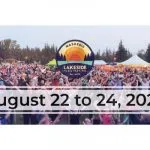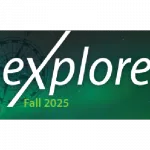Education and Aboriginal Education
Nelson Mandela, the world icon, has left behind a legacy of dismantling the policy of Apartheid (separate development of races) in South Africa. His message on education was crisp and clear.
‘Education is the most powerful weapon which you can use to change the world.’
It was the struggle for a relevant and equal education that resulted in The Soweto Uprising in 1976 when hundreds of Black school children were shot and killed as they protested against the language of Afrikaans (then seen as the language of the oppressive ruling class) being forced upon them as part of their curriculum.
They opposed political bias and cultural omissions in a curriculum that was designed to prepare Black people in South Africa for ‘menial, manual labour.’


